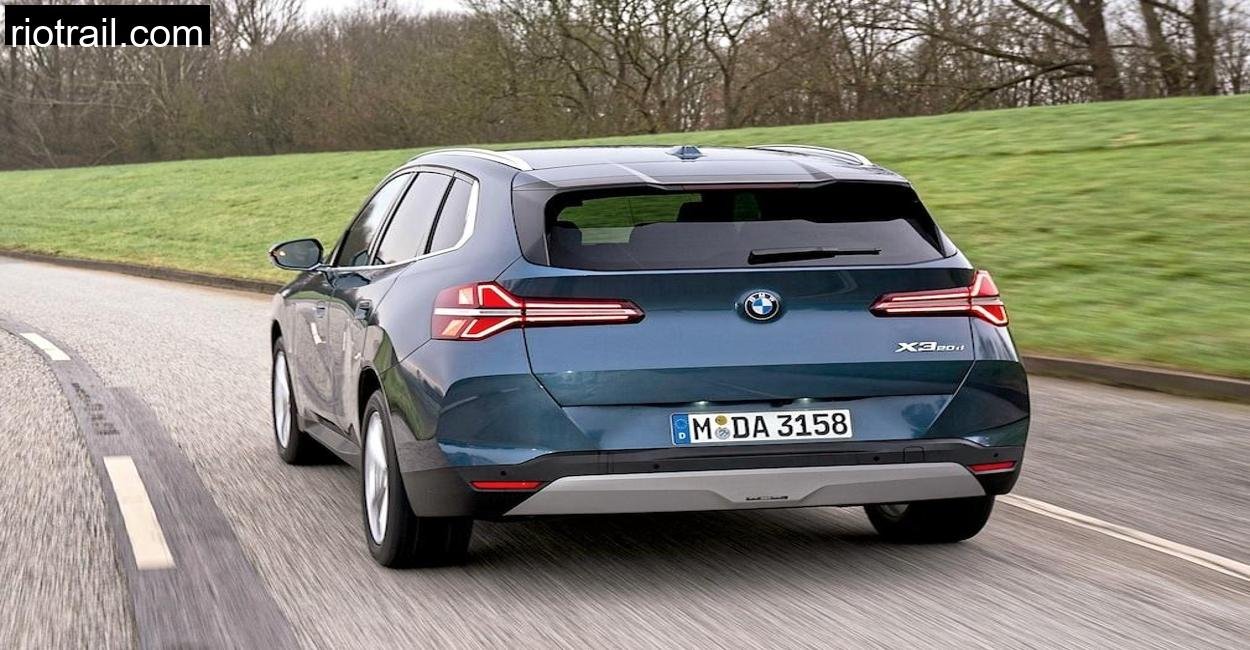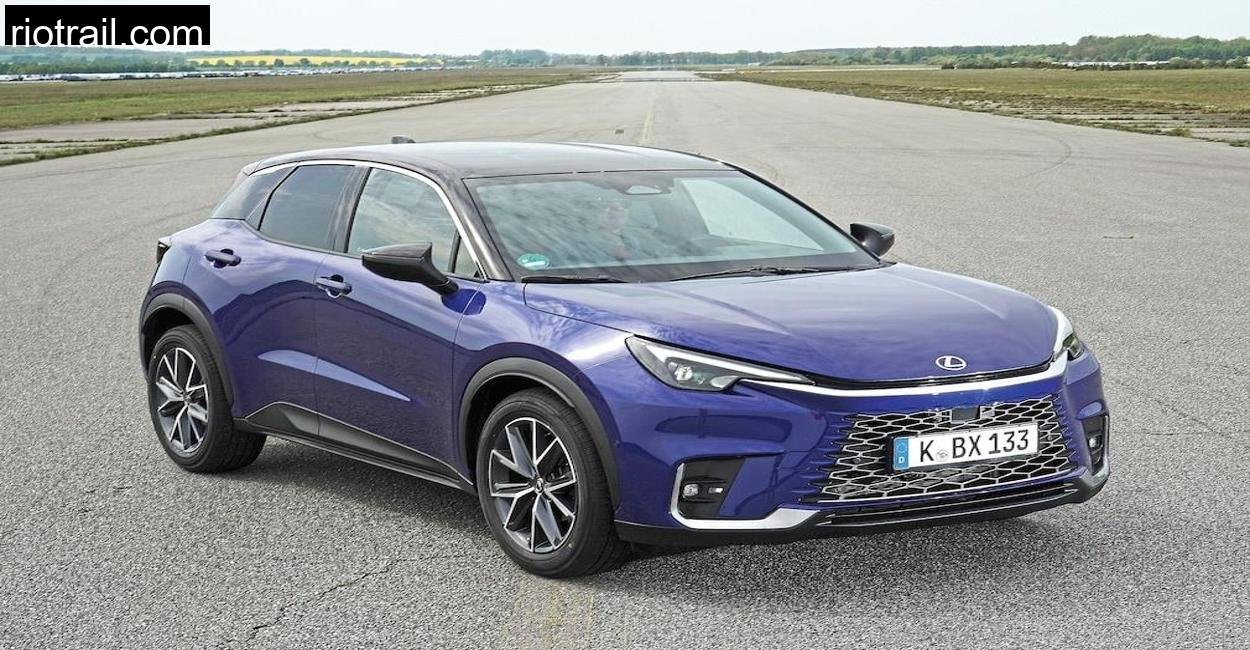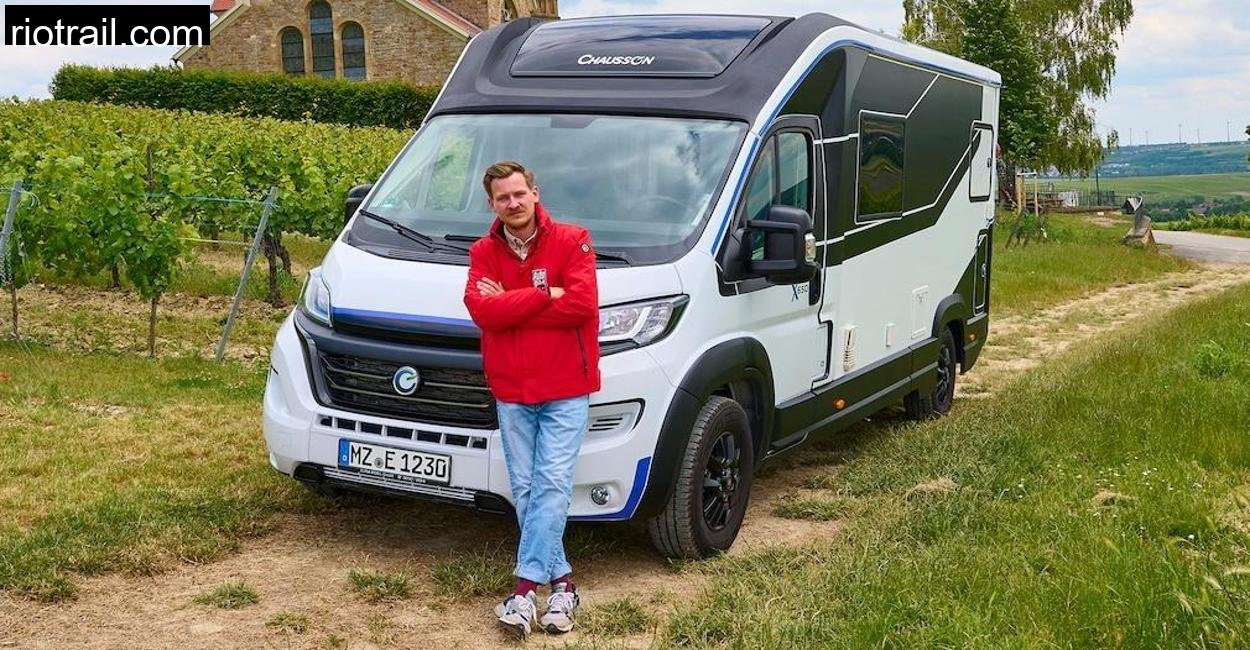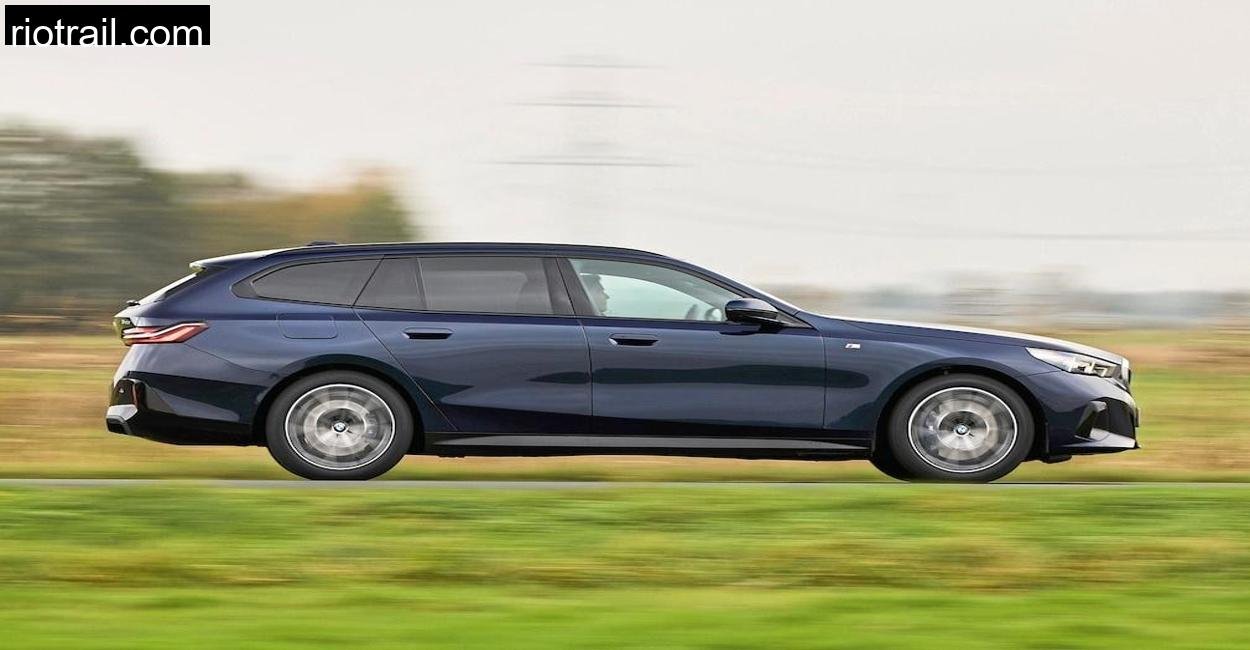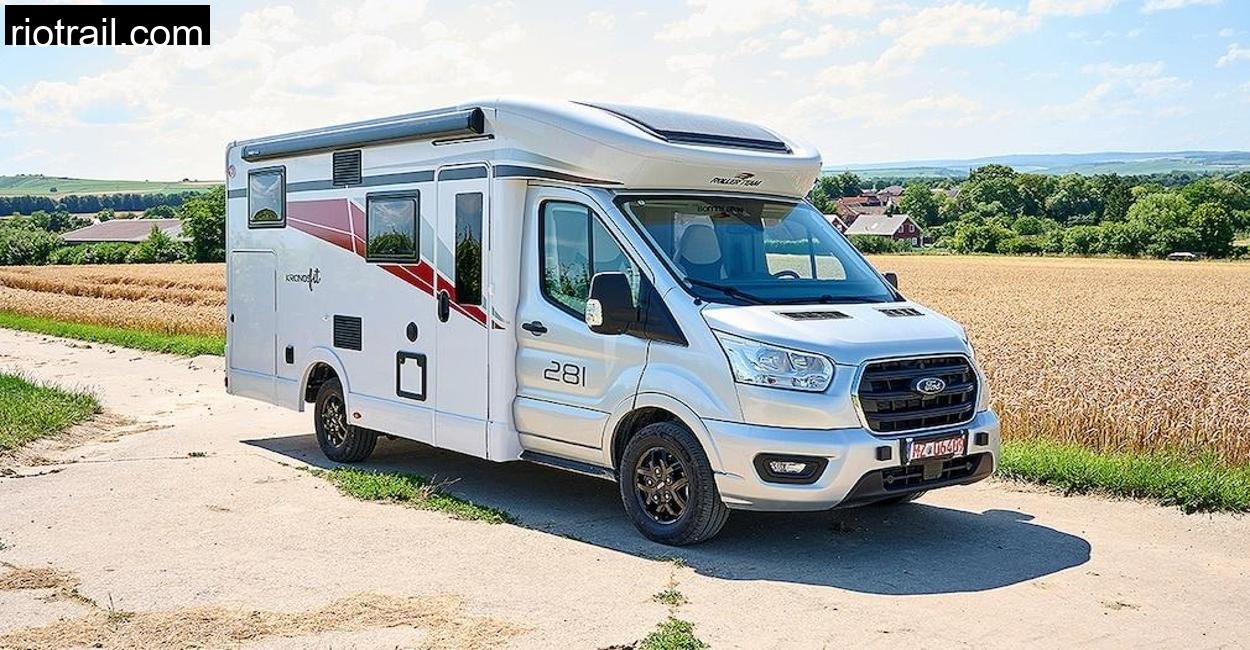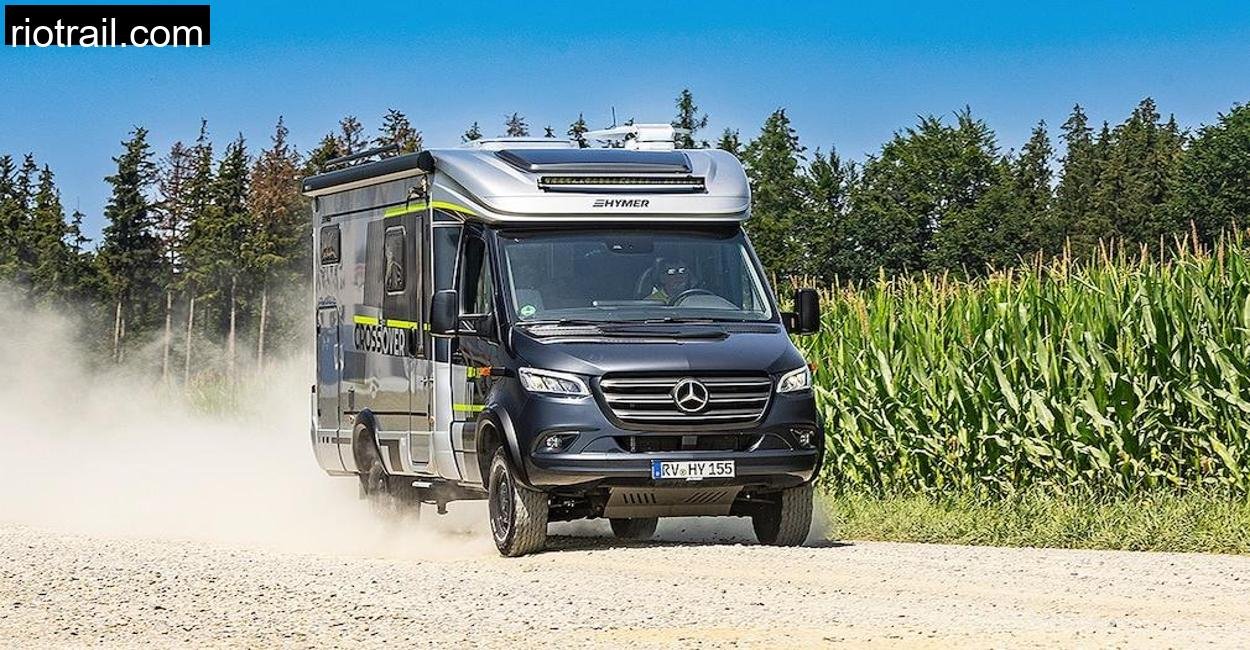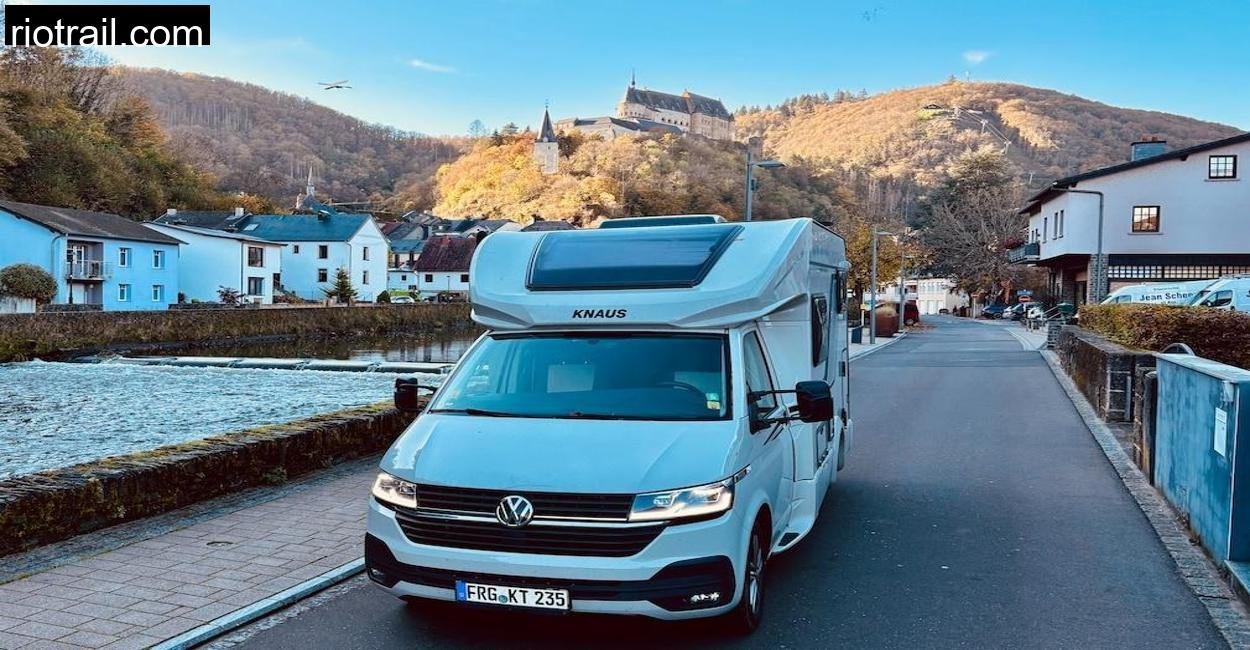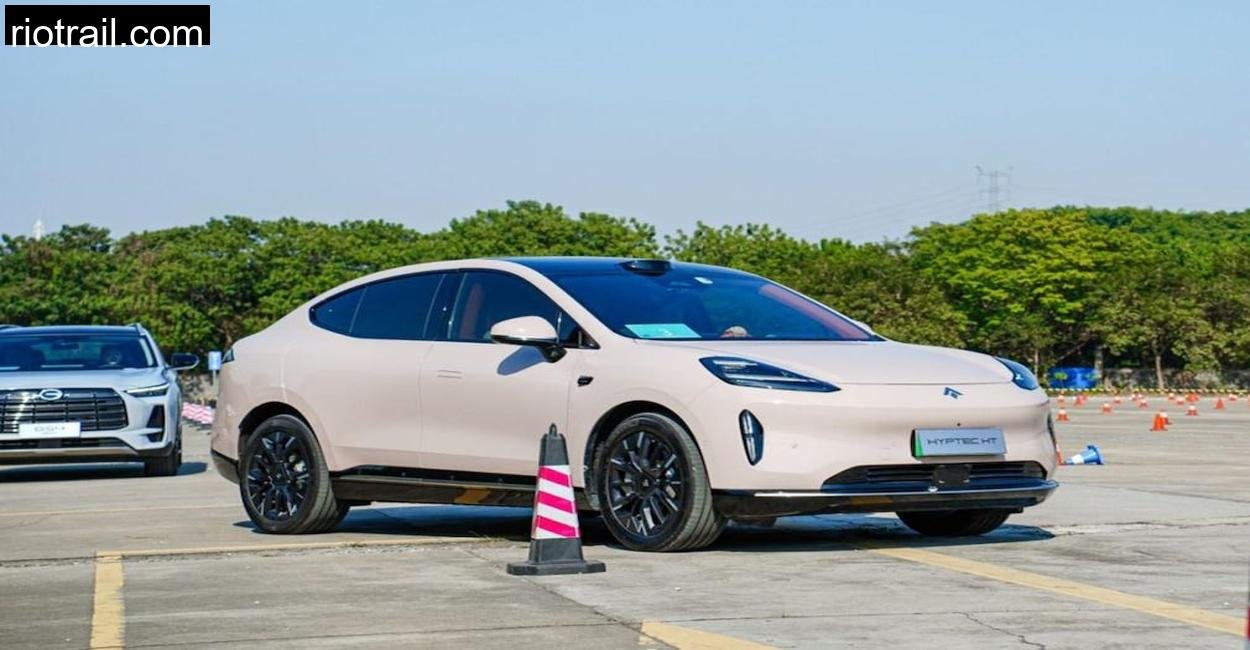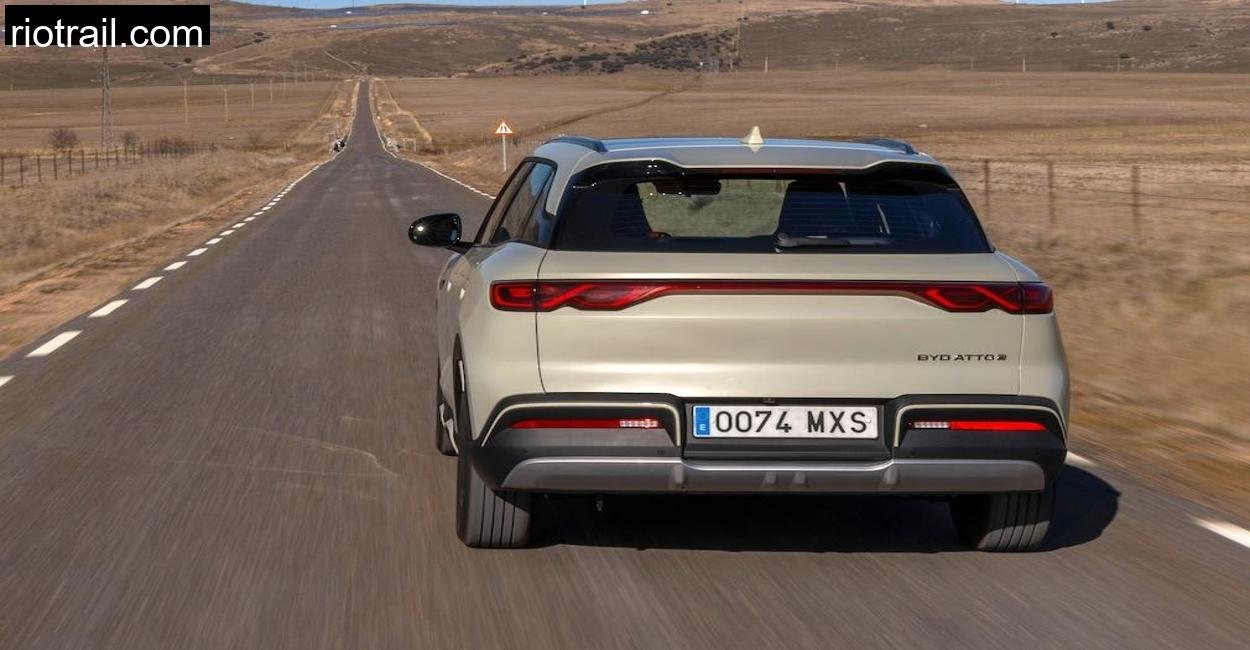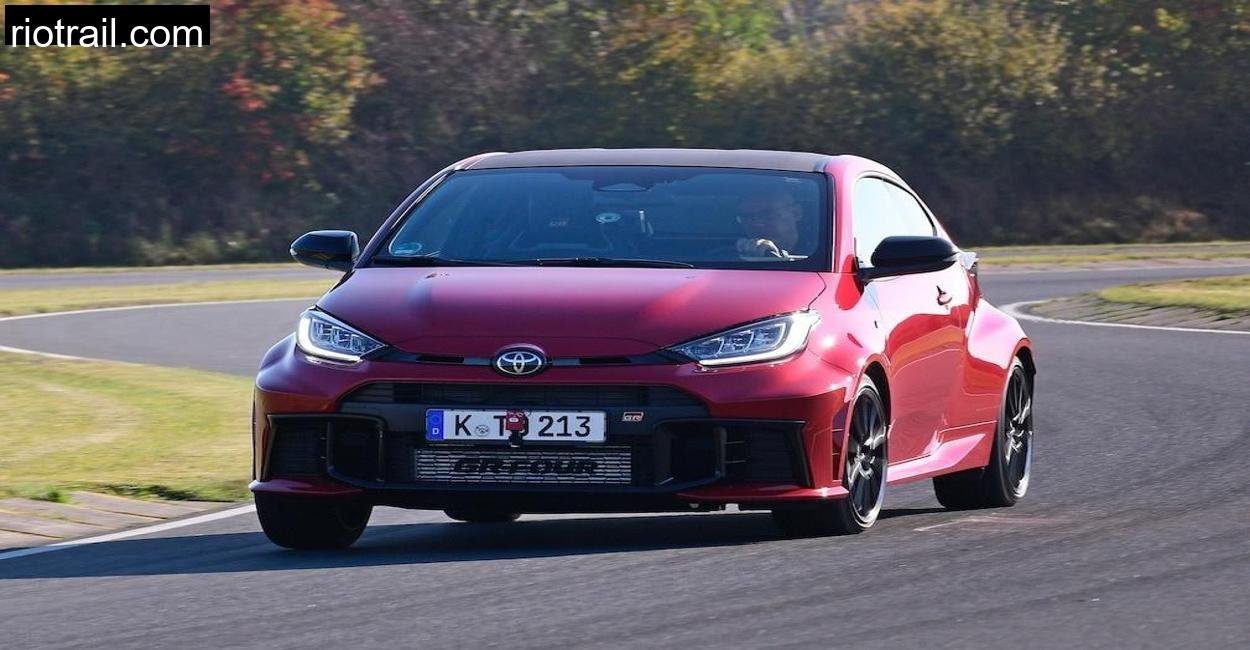The road ahead curved gently into the forest, a ribbon of asphalt threading its way through the dense, sun-dappled trees of the Dün region in Thuringia, Germany. I had picked the location deliberately. The Dün is not one of the better-known German forested landscapes, it lacks the celebrity of the Black Forest or the Harz, but its charm lies in exactly that: quiet, lightly trafficked roads, beautiful scenery, and a chance to explore the limits of a car away from prying eyes.
And what a car I had with me: the new fourth-generation BMW X3 20d xDrive.
The X3 has always occupied an interesting niche in BMW’s lineup, not as sporty as an X5, not as compact as an X1,but a kind of “goldilocks” SUV that could do a little bit of everything well. It is BMW’s best-selling SAV (that’s Sports Activity Vehicle, in BMW parlance), and more than 3.5 million X3s have been sold worldwide. So expectations for this new model were high.
On paper, the latest X3 offers exactly what modern buyers want: updated styling, even better efficiency, upgraded infotainment, and a promise of the same dynamic driving experience that has kept it at the top of its segment for two decades.
Now, it was time to see if all that paper perfection translated to real-world brilliance, especially on the undulating, sometimes challenging roads of the Dün.
First Impressions in the Forest: New Look, Familiar Feel
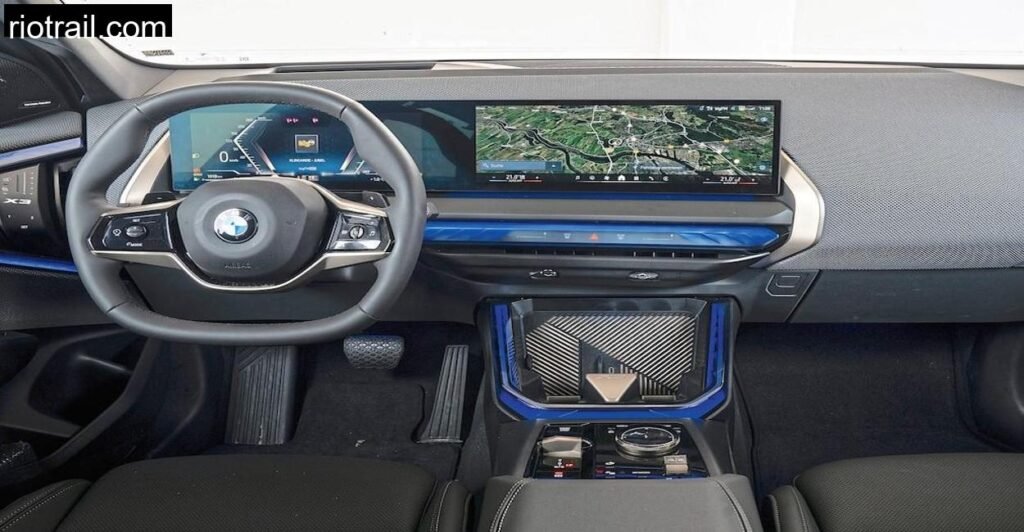
When I first laid eyes on the new X3 in the hotel parking lot in Mühlhausen, it was clear that BMW had made a conscious effort to evolve the design without losing the instantly recognizable X3 DNA. It is longer and wider than before, now stretching to 4.76 meters long and 1.92 meters wide, giving it a subtly more imposing presence on the road.
The front fascia is sharper, more angular, with new headlights and a revised kidney grille that strikes a balance between modernity and brand heritage. The rear has also been cleaned up, with fresh taillights and more pronounced haunches over the rear wheels.
It was finished in a subtle but elegant Brooklyn Grey metallic, which perfectly matched the forest backdrop as I set off for the day’s testing.
Sliding into the cabin revealed BMW’s biggest step forward, and perhaps its most controversial one, with this X3 generation: the new interior design.
Gone are the familiar rows of buttons and switches. In their place, a cleaner, more minimalist dashboard dominated by the Interaction Bar and the large central curved display running BMW’s Operating System 9. The central controller, thankfully, remains, allowing you to operate most functions without endlessly tapping the screen. A thoughtful decision.
Materials in my test car felt genuinely premium. The Vernasca leather seats were beautifully finished, the stitching was crisp, and everything had a solid, reassuring heft to it. Well, almost everything, more on that later.
Here’s what was under the skin of my BMW X3 20d xDrive test car:
Technical info is taken directly from BMW’s official website to ensure it’s correct.
| Specification | BMW X3 20d xDrive |
| Engine | 2.0L 4-cylinder turbo diesel |
| Displacement | 1995 cc |
| Power | 197 hp (145 kW) @ 4000 rpm |
| Torque | 400 Nm @ 1500 rpm |
| Transmission | 8-speed automatic |
| Drive | All-wheel drive (xDrive) |
| 0–100 km/h | 7.4 seconds |
| Top speed | 215 km/h |
| Fuel consumption (WLTP) | 6.0 l/100 km |
| CO2 emissions | 157 g/km |
| Tank capacity | 60 liters |
| Kerb weight | 1923 kg |
| Luggage capacity | 570–1700 liters |
| Base price | €60,400 |
| Test car price | €65,730 |
With 197 hp and a healthy 400 Nm of torque on tap, the 20d version is the sweet spot for buyers who want a perfect balance of performance and efficiency.
As I pulled away from the hotel and headed towards the twisting B247, the engine’s refinement was immediately obvious. Modern BMW diesels are a world away from the clattery motors of old. The 20d hummed contentedly at idle, and as I applied throttle, it delivered strong, linear pull without undue noise or harshness.
The 8-speed ZF automatic deserves particular praise. Shifts were imperceptibly smooth in Comfort mode, and the way it seamlessly integrated with the mild-hybrid 48V starter-generator made stop-start transitions genuinely unobtrusive.
The Dün Roads: A Real-World Playground
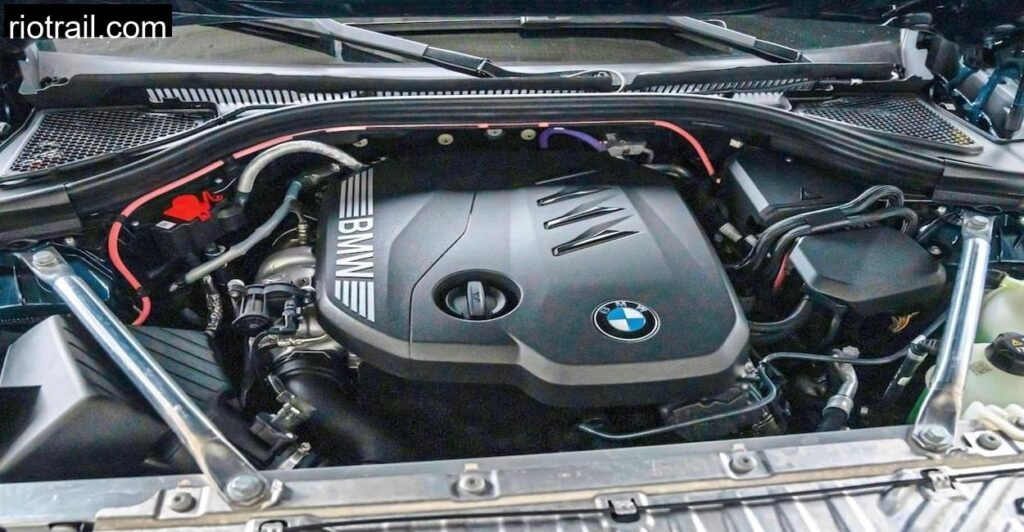
The roads in the Dün are made for a car like the X3. Narrow, rising and falling, with occasional fast sweepers mixed with tighter hairpins, they test a chassis in ways flat autobahn cruising never can.
Switching the X3 into Sport mode immediately sharpened its responses. The steering gained extra weight (though it was still precise and communicative even in Comfort), throttle response quickened, and the adaptive dampers firmed up just enough to keep body roll in check.
Despite its nearly 1.9-ton curb weight, the X3 20d felt agile and composed on the twisty roads. The 50:50 weight distribution, combined with the wider rear track and stiffer body structure, meant I could hustle it through corners with a level of confidence I would not normally associate with an SUV.
Braking performance was similarly impressive. Even repeated hard stops produced no fade, and pedal feel remained consistent.
Perhaps most impressive was the ride quality. The X3’s adaptive suspension managed to iron out the worst of the broken surfaces, even as I pressed on at a brisk pace. In Comfort mode, the car genuinely wafted over rough sections, living up to its billing as a long-distance cruiser.
Refinement on the Open Road
After a few hours of carving through the forest, I took the X3 onto the nearby A38 autobahn to assess its long-haul credentials.
Here, the diesel shone even brighter. At a steady 130 km/h cruise, the cabin was remarkably quiet, interior noise measured just 63 dB(A), with little intrusion from wind or road. The engine sat barely above idle, sipping fuel at a relaxed pace.
The combination of low consumption (6.3 l/100 km on my mixed driving loop) and a 60-liter tank gives the X3 a genuine 900+ km range, perfect for those who cover big distances.
BMW’s latest driver assistance tech also impressed. The Driving Assistant Professional handled lane centering and adaptive cruise with reassuring smoothness, allowing for semi-autonomous driving when desired. The system’s whisper mode for voice commands is a neat touch, I tested it, and sure enough, a whispered request to adjust climate control was heard and acted upon, keeping the atmosphere tranquil for passengers.
Rear Seat Realities and Practical Matters
Back in the forest for a late afternoon photo shoot, I explored the X3’s practicality.
Access to the second row is a slight weak point. With the driver’s seat set to my preferred (long-legged) position, space for rear passengers’ feet was limited. Once seated, however, the rear bench is supportive and comfortable, even for longer journeys.
Cargo capacity is another X3 strength. The boot offers 570 liters as standard, expanding to 1700 liters with the rear seats folded. The load floor is flat, and thoughtful touches like an integrated storage compartment under the floor make it easy to manage bulky items.
However, not everything was perfect. Some of the interior plastics, particularly on the door grab handles and the tablet mounts behind the front seats, felt scratchy and cheap, a surprising lapse in an otherwise premium cabin.
Driving Dynamics: Classic BMW DNA
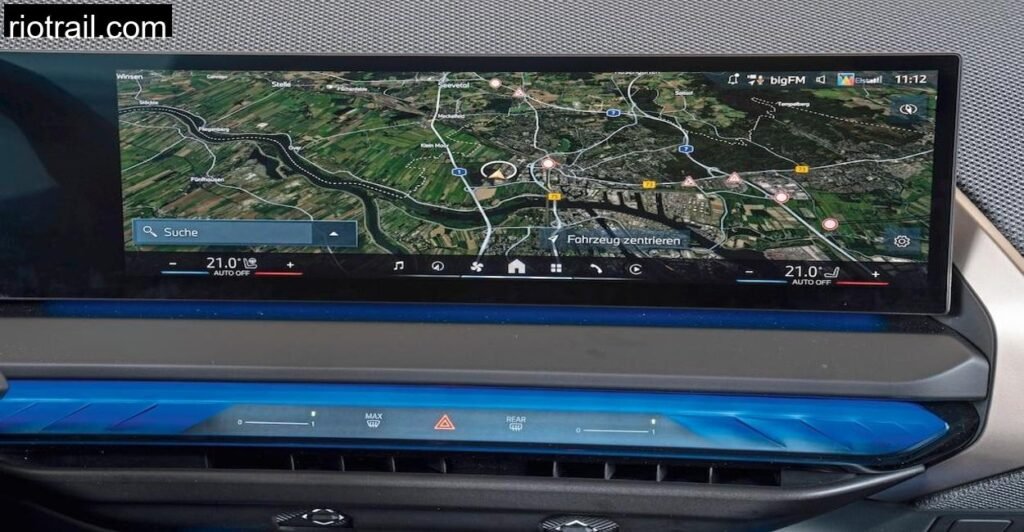
Back behind the wheel, as the sun set through the trees, I reflected on the X3’s handling one more time.
BMW has long touted its SAVs as the “driver’s choice” in the SUV space, and this remains true. The sport steering is responsive without being twitchy, and the chassis offers a wide spread between comfort and cornering ability.
The X3’s blend of agility, ride comfort, and effortless long-distance cruising is hard to beat in this class. It may not be a pure sports car, but it comes closer than most SUVs dare.
Conclusion
The BMW X3 20d xDrive remains one of the standout choices in the premium midsize SUV segment. Its combination of strong, efficient diesel power, polished driving dynamics, excellent refinement, and modern tech makes it a superb all-rounder.
There are some niggles, the loss of physical buttons in some cases is a step backward, and a few cabin materials disappoint, but these do little to dent the overall impression of quality and capability.
Driving through the Dün reminded me why this formula has been so successful for BMW: a car that can tackle forest roads in the morning, cruise the autobahn all afternoon, and still deliver you to an evening dinner in style and comfort.
Is the BMW X3 20d xDrive a good car for long-distance driving?
Absolutely. With low fuel consumption, a long range, and excellent cabin comfort, the X3 20d is a superb long-distance cruiser.
How does the BMW X3 20d xDrive handle on twisty roads?
Very well. Thanks to balanced weight distribution, sharp steering, and adaptive suspension, the X3 is surprisingly agile for an SUV.
